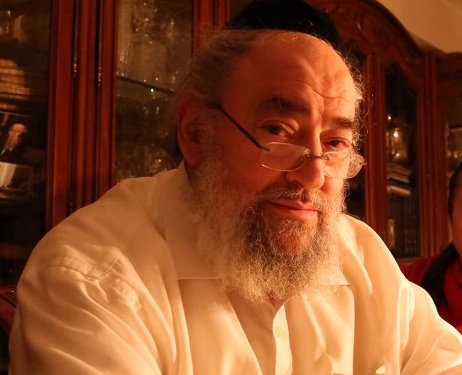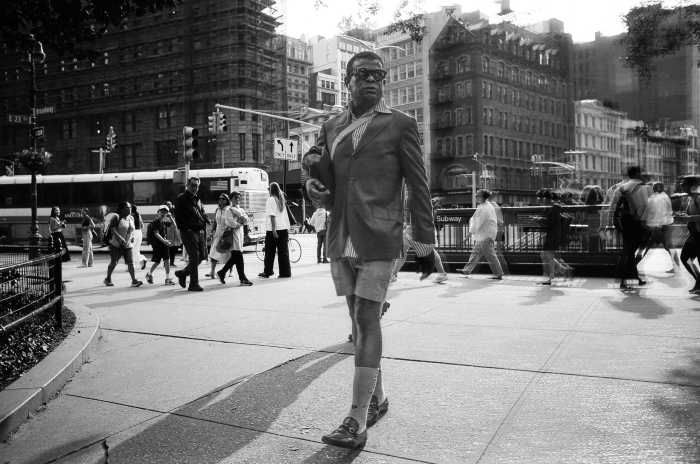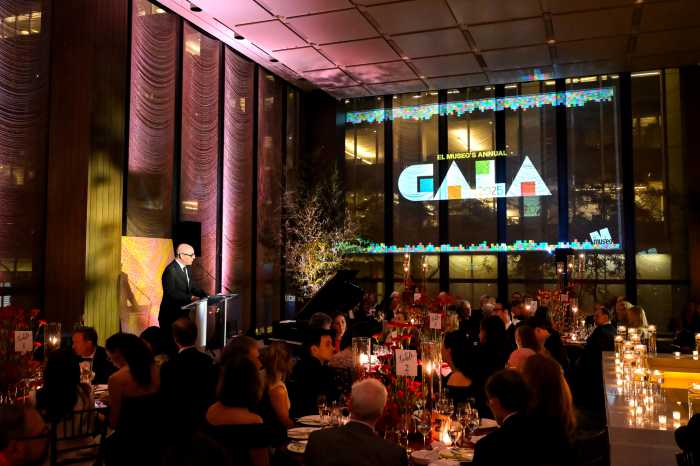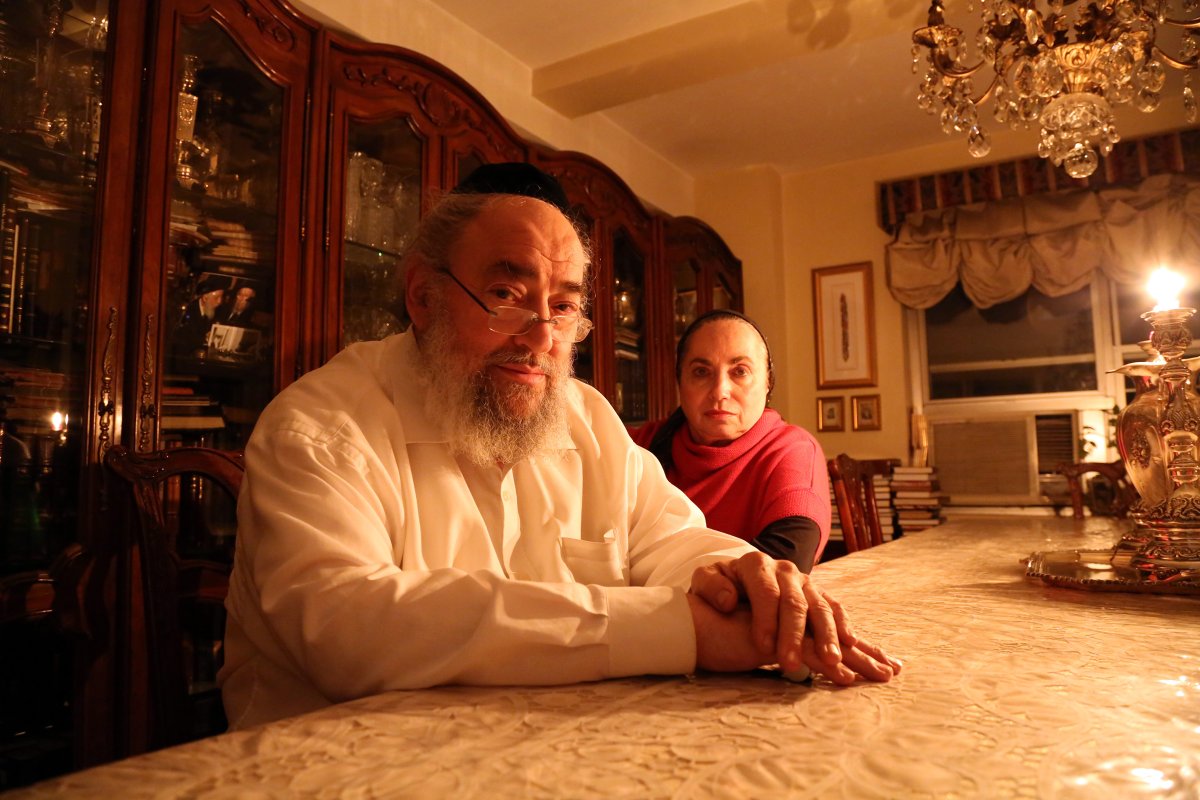
BY ALBERT AMATEAU | Harold “Heshy” Jacob, who along with former Assembly Speaker Sheldon Silver and William Rapfogel, former director of the Metropolitan Council on Jewish Poverty, formed a triumvirate of political influence and power on the Lower East Side, died at the age of 71 last month.
He had been ill for several months before his death on June 23.
At Heshy Jacob’s funeral at the Bialystoker Synagogue just off Grand St., rabbis, politicians and real estate developers were among the crowd. Also among the mourners were Silver, currently out on appeal after his recent corruption conviction, and Rapfogel, who pleaded guilty two years ago to stealing $9 million from his organization.
In their day, Shelly, Willie and Heshy, as they were known in the neighborhood, dominated politics in the largely Orthodox Jewish community, which was losing ground to Latino and Asian newcomers.
Explaining the dominance of the three men on local politics, Heshy told the Forward, the renowned Jewish journal of the Lower East Side, “We put in time and effort for the people. It’s not that we simply are despots.”
Heshy’s power base was his position as general manager of two of the original four Grand St. co-ops, Hillman House and East River House. He had previously managed the Seward Park Co-ops and Amalgamated Co-ops, as well.
An editor of the Grand St. News once quipped that Heshy was “at times more general than manager.”
A Dec. 5, 2001, Villager article about the co-ops selling briskly after going market rate, noted that Jacob prided himself on having operated the complexes without increasing carrying charges for nine years.
“It doesn’t mean it will go on forever, but it does mean we watch every dollar,” he said. “There’s no job that I ask my men to do that I haven’t done myself. If they have to jackhammer a surface, I’ve used a jackhammer myself and I know how it should be done and how long it should take. I watch the commodities market to time heating-oil purchases to get the best price.”
A member of Hatzolah, the Jewish volunteer ambulance service, since the early 1960s, Heshy was a founder of its branch on the Lower East Side. (A parade of Hatzolah ambulances was part of the cortege that carried Heshy’s body to its resting place in Beth David Cemetery in Elmont, Long Island.)
A 2005 police incident, in which Heshy’s son Shalom was arrested for trying to force his way past an Emergency Medical Service team and its police escort into the apartment of an elderly woman in distress, illustrates the complexity of Heshy’s neighborhood influence.
Shalom, a Hatzolah supervisor and a resident of the same building, 575 Grand St., as the woman, insisted that Hatzolah take over attending to her. He was arrested and taken to the Pitt St. police station, but not until Heshy, also a resident of the same building in the East River Houses, turned up with a group of residents as supporters.
They all trooped down to the police station and argued for three hours, leaving only after a Manhattan chief of patrol turned up, with Shelly Silver following. It wasn’t until the following day that misdemeanor charges were filed.
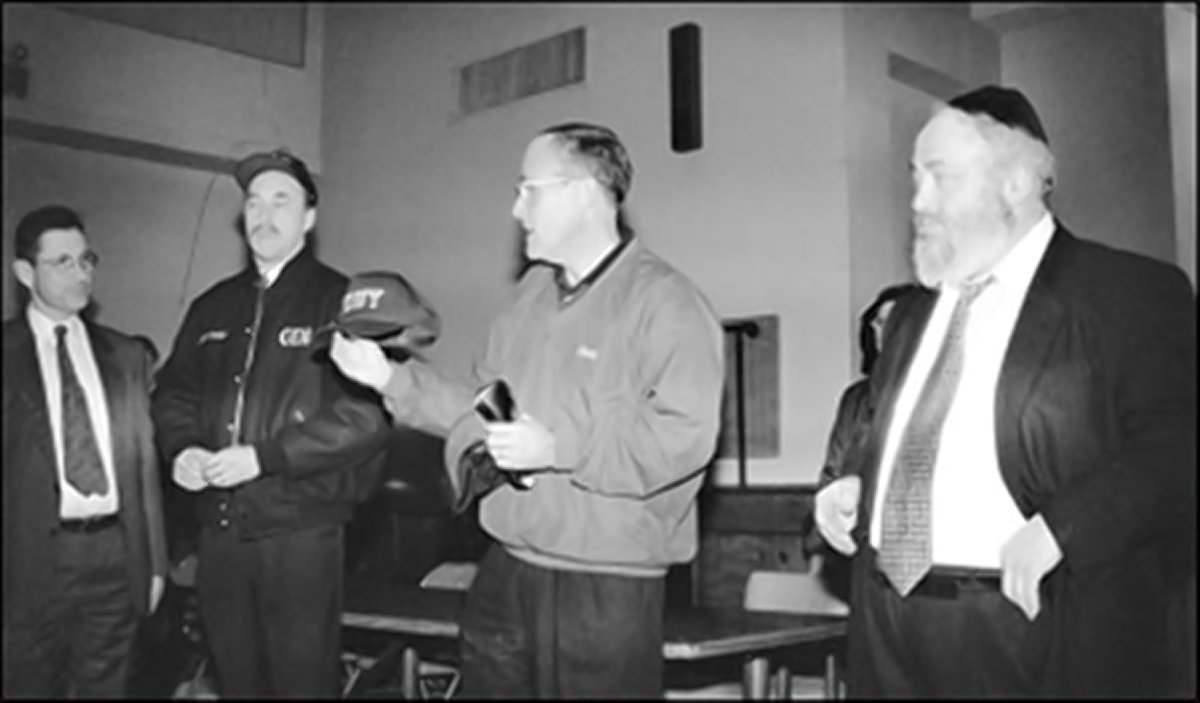
Heshy was instrumental in convincing the limited-equity co-ops, built by labor unions in the 1930s, to go private. The privatization was a windfall for the original residents. Heshy also fought for 40 years to keep low-income housing from being built in what was left of the Seward Park Urban Renewal Area, or SPURA, five blocks between Rivington St. and the Williamsburg Bridge.
Supporters of low-income housing charged that their opponents — who included Silver and Rapfogel as well as Jacob — wanted to prevent more Latinos and Asians from coming into the neighborhood and reducing Orthodox Jewish influence.
Heshy insisted that the neighborhood had enough low-income housing, built in the late ’60s, and needed instead commercial development that would create jobs.
In a Dec. 30, 2010, article in The Villager on then-Mayor Mike Bloomberg’s SPURA proposal, Jacob told the newspaper that if 300 of the planned 1,000 units in the project were low-income, then the whole SPURA site – including what had already been built up to that point — would effectively be 70 percent low-income.
“They want a site 70 percent low-income — I oppose it,” Jacob stated bluntly. “That’s not called integration. That’s called segregation. … If you added 1,000 market-rate units, the site would still be 53 percent low-income.
“We don’t live in Russia or China — people live where they can afford it,” said Jacob, who was not known for his political correctness. “I’d like to ask the mayor, how many low-income people live in his neighborhood? None.”
Two decades earlier, Jacob had proposed a plan to make SPURA into an “international mall,” with restaurants, shopping and entertainment.
The idea was for a mix of cuisines and entrepreneurs, he said, “Jews, Italians, Chinese, Hispanic, black, Polish, Russian, Mexican, Cuban — a beautiful quilt representing all the ethnic groups.” The city, though, didn’t bite on his proposal.
Back in 2010, Jacob supported a Costco or Wal-Mart at SPURA, but said, “I would require them to say 50 percent of people that work there would be from the Lower East Side.”
In 2013, the city announced a new mixed-use plan, known as Essex Crossing, calling for 1,000 units of housing, half of them for low-, moderate- and middle-income tenants, a new Essex St. Market, parkland and a museum.
Explaining his own preeminence in the neighborhood, Heshy told the Forward in 2013, “If you’re the person that, if somebody has a problem, he goes to you day and night, and you take the time and effort to help them, then they think you’re in charge.”
Harold Jacob was born on E. Fifth St. and Avenue D to Shalom and Chana Yaakov. His father died when he was a child and the family moved to Grand St. Educated in a local yeshiva, Heshy studied further with prominent neighborhood rabbis. He served for a time in the office of Harrison Goldin, the city comptroller in the administration of Mayor Ed Koch.
Heshy’s wife of 50 years, Esther, survives, as do a brother, Marvin, a sister, Layla Wollman, his sons, Shalom and Dov, his daughters, Rompy Klug, Yocherad Wenz and Aliza Malek, and several grandchildren.



